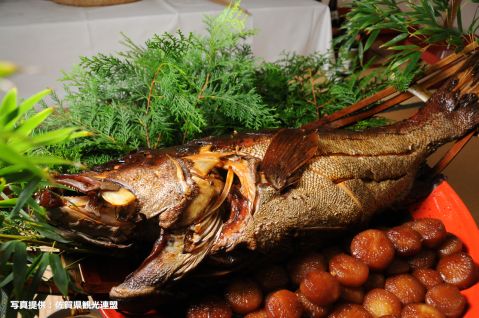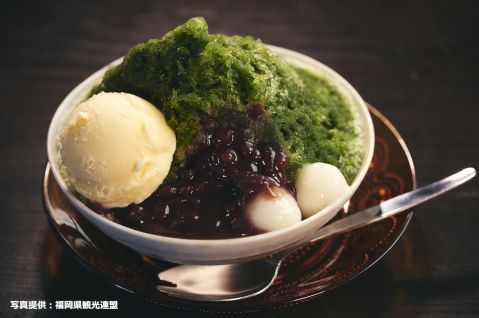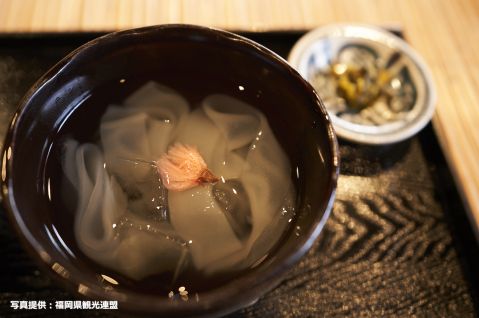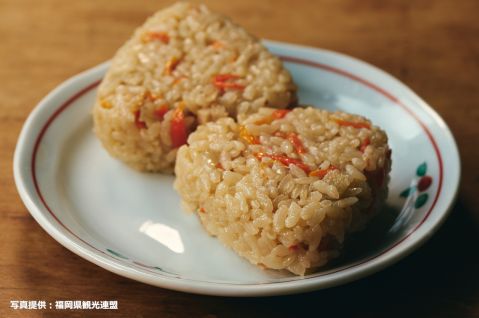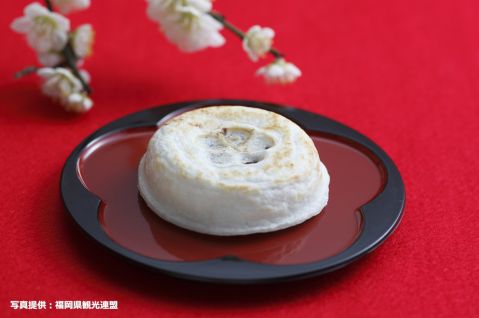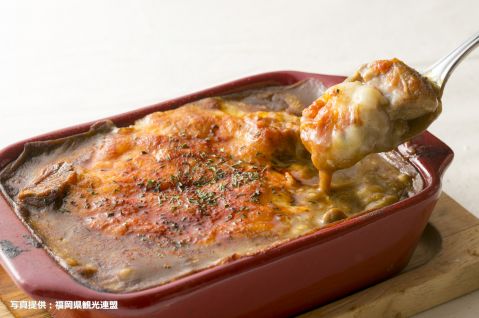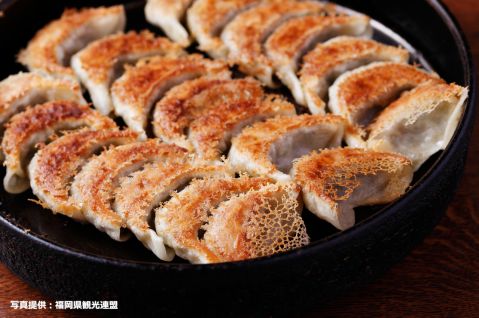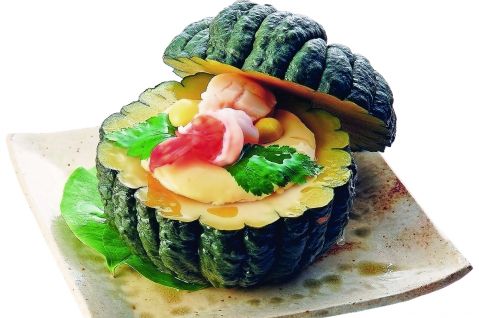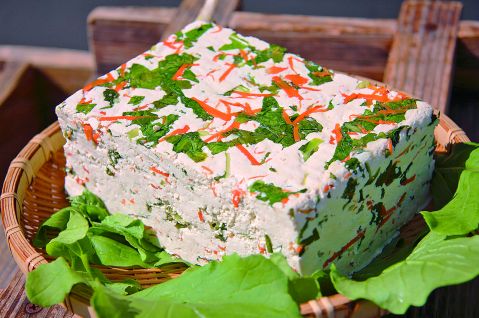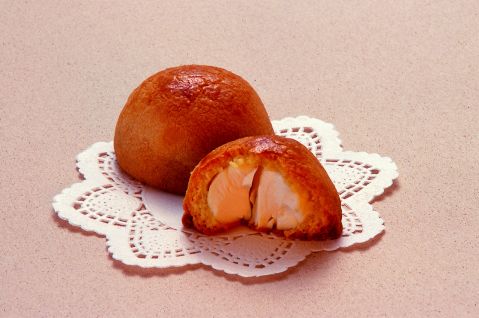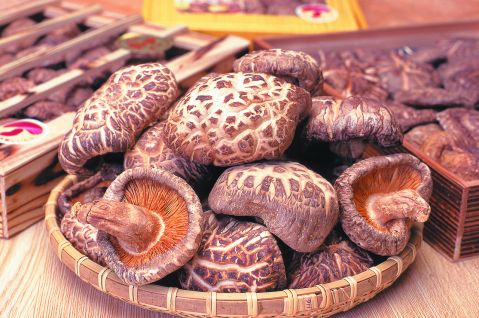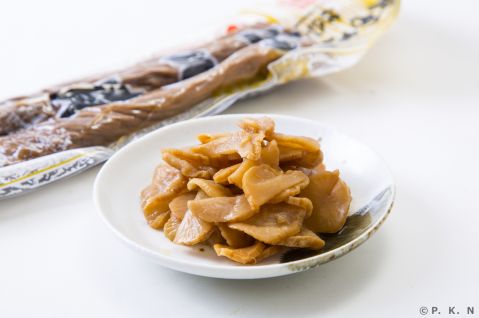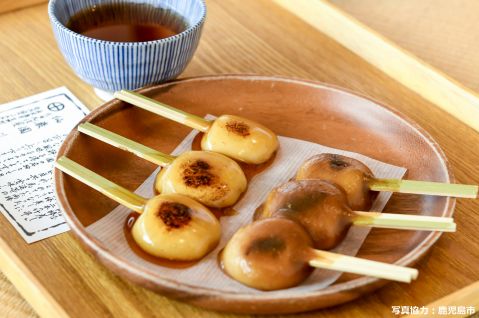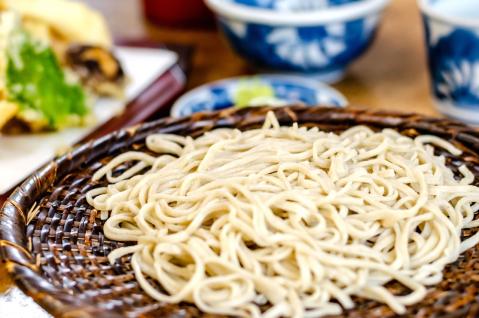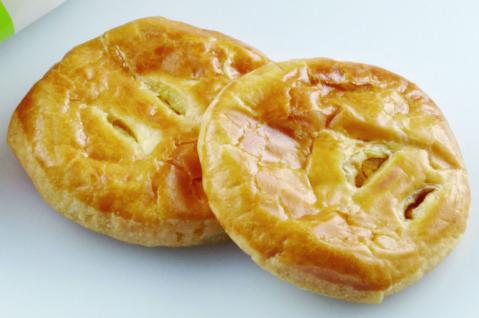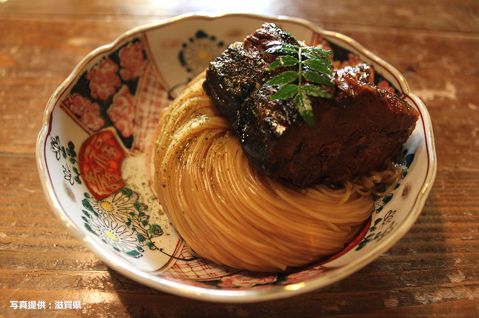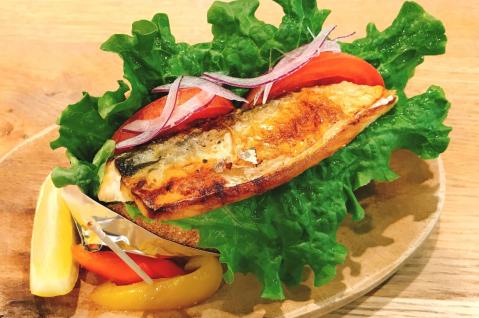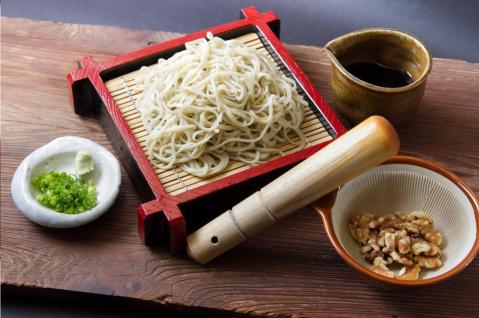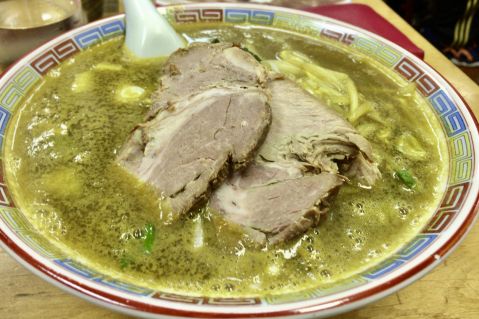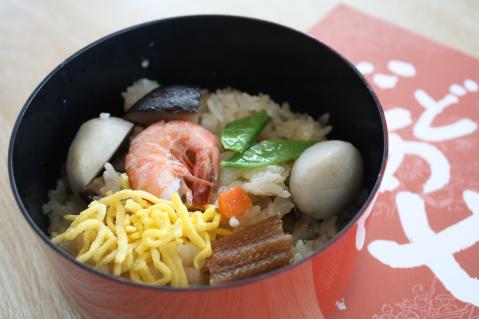Japanese Cuisine - Local cuisine
Cooking Classes in Japan
airKitchen allows travelers from all around the world to book and experience authentic cooking classes. Chose your best cooking class from 1000+ classes.
Ara no Sugatani (Simmered Whole Ara Fish)
Ara no Sugatani (アラの姿煮, Simmered Whole Ara Fish) is a stunning centerpiece of "Kunchi cuisine," a traditional feast served during the Karatsu Kunchi Festival in Karatsu Cit...
Yame Tea Sweets
Yame Tea Sweets are crafted using Yame Tea (八女茶, Yame-cha), which has roots tracing back to 1423 when a monk named Shuzui established Reigan-ji Temple and introduced tea cult...
Kashiwameshi Rice Ball
In the northern Kyushu region, chicken has been traditionally referred to as "kashiwa" and has long been cherished as a popular ingredient. The spread of Kashiwameshi is believe...
Umegae Mochi
Umegae Mochi (梅ヶ枝餅, Umegae mochi) is a delightful snack made with a thin, chewy rice flour shell that is grilled to a crispy perfection. Inside, you'll find sweet red bean p...
Moji Port Baked Curry
Moji Port Baked Curry (門司港焼きカレー, Moji-kō yaki curry) is a delightful dish where curry, rice, cheese, and an egg are baked together in the oven. While this is the standar...
Yahata Gyoza
Yahata Gyoza (八幡ぎょうざ, Yahata gyoza) originated as a nourishing dish for workers at the government-operated Yahata Steel Works, whose physically demanding jobs required aff...
Hyuganatsu
Hyuganatsu (日向夏, Hyuganatsu) is a citrus fruit native to Miyazaki Prefecture, which boasts the highest production of this specialty fruit in Japan. This unique citrus was ini...
Steamed Hyuga Pumpkin
Steamed Hyuga Pumpkin (日向かぼちゃの蒸し物, Hyuga kabocha no mushimono) features the unique "Hyuga pumpkin," a traditional vegetable lovingly grown in Miyazaki Prefecture, whic...
Daikon Pickles
In Miyazaki Prefecture, the town of Tano is famous for producing the most dried daikon radish. This is thanks to the cold winds that blow down from Mount Wanizuka on Tano's sout...
Cheese Manju
Cheese Manju (チーズ饅頭, Cheese manju) is a delightful baked treat typically made with cookie-like dough filled with cream cheese. This unique Japanese sweet replaces the tradi...
Natural Log-Grown Shiitake Mushrooms
Miyazaki Prefecture is blessed with ideal conditions for producing natural log-grown shiitake mushrooms (原木しいたけ). These include abundant kunugi oak trees, pristine water, ...
Yamakawa Pickles
Yamakawa Pickles (山川漬け, Yamakawa-zuke) hail from the Yamakawa region in Ibusuki City, Kagoshima Prefecture. Located at the southern tip of the Satsuma Peninsula, near the ba...
Ryombo Mochi
Ryombo Mochi (両棒餅) is a traditional sweet from Kagoshima made from rice flour dumplings skewered on two sticks and generously coated with a thick, sweet soy sauce glaze. T...
Kind of food
Recommended
-
![Jindaiji Soba]()
Jindaiji Soba
Tokyo / >Soba & Udon -
![Pumpkin Pie]()
Pumpkin Pie
Akita / >Local cuisine -
![Grilled Mackerel Somen]()
Grilled Mackerel Somen
Shiga / >Soba & Udon -
![Saba Sandwich]()
Saba Sandwich
Niigata / >Local cuisine -
![Walnut Soba]()
Walnut Soba
Saitama / >Soba & Udon -
![Muroran Curry Ramen]()
Muroran Curry Ramen
Hokkaido / >Ramen -
![Dodomese]()
Dodomese
Okayama / >Don dish -
![Hiroshima-style Okonomiyaki]()
Hiroshima-style Okonomiyaki
Hiroshima / >Okonomiyaki & Takoyaki

